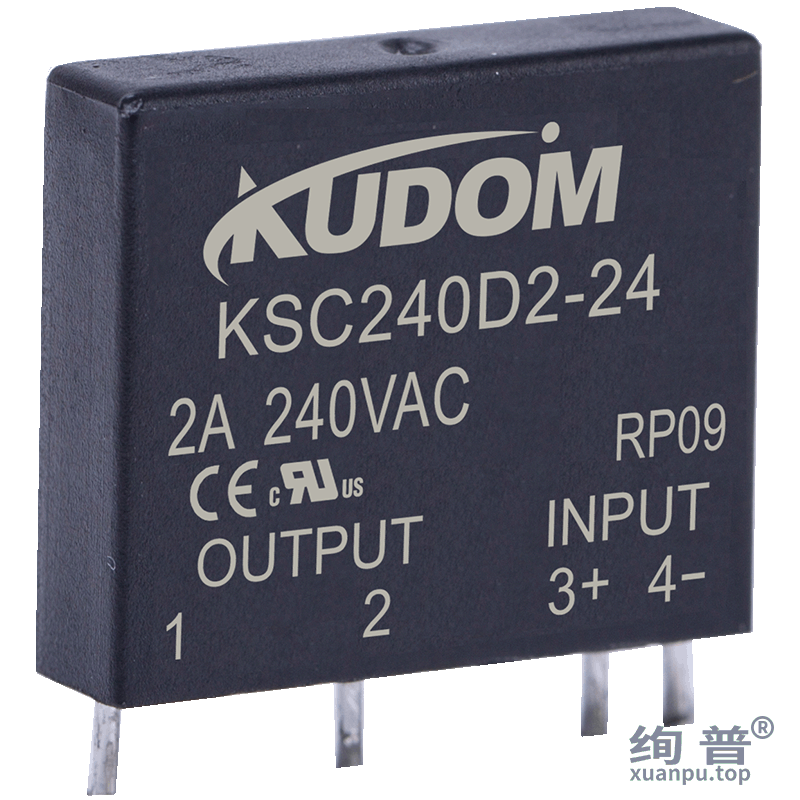Welcome to Shanghai Xuanpu Electronic Technology Co., Ltd!
- Site Map
- Contact Us
- Follow WeChat

-
 简体中文
简体中文
Welcome to Shanghai Xuanpu Electronic Technology Co., Ltd!

 简体中文
简体中文
Hotline
+86-21-34291916The main differences between zero crossing triggered SSRs and randomly conducting SSRs are as follows:

1. Different conduction times
-Zero crossing trigger type: Conducts when the AC power supply voltage approaches zero volts, that is, conducts near the zero point of the sine wave.
-Random conduction type: It can conduct at any time of the AC power supply without being limited by the zero crossing voltage.
2. Impact on load and system
-Zero crossing trigger type: It can reduce the electromagnetic interference generated at the moment of conduction, reduce the electrical impact on the load, improve the power factor, and be beneficial to the stability of the system and the life of the load.
-Random conduction type: The electromagnetic interference at the moment of conduction is relatively large, and the impact on the load is relatively strong, which may affect the stability of the system and the service life of the load.
3. Control circuit complexity
-Zero crossing trigger type: More complex detection and control circuits are required to accurately determine the voltage zero crossing point and achieve zero crossing trigger.
-Random conduction type: The control circuit is relatively simple and does not require zero crossing detection.
4. Cost
-Zero crossing trigger type: Due to its complex control circuit, the cost is usually relatively high.
-Random conduction type: generally lower cost.
5. Application scenarios
-Zero crossing trigger type: suitable for occasions with high electromagnetic compatibility requirements, load sensitivity to voltage changes, energy saving and power factor improvement needs, such as motor control, lighting systems, etc.
-Random conduction type: commonly used in situations where the conduction time is not strictly required, the control is simple, and the cost is sensitive.
Copyright © 2023-2025 Shanghai Xuanpu Electronic Technology Co., Ltd. All rights reserved 备案号:沪ICP备19025686号-1